Welcome to the WordCrafter “After the Fires of Day” Book Blog Tour
Posted: September 6, 2021 Filed under: Blog Tour, book marketing, Book Promotion, Book Review, Books, Poetry | Tags: After the Fires of Day, Alphonse de Lamartine, Cendrine Marrouat, Haiku, Kahlil Gibran, Poetry, Poetry Collection, WordCrafter Book Blog Tours 12 Comments
To start off the WordCrafter After the Fires of Day Book Blog Tour, we’ve got an interview with poet and author Cendrine Marrouat and a review of her wonderful poetry collection and tribute to the inspiring poets, After the Fires of Day: Haiku Inspired by Kahlil Gibran & Alphonse de Lamartine. I hope you will all follow the tour this week and visit each of the tour stops to learn more about this inspired this inspired poet who is herself inspiring.

Cendrine Marrouat is a French-born Canadian photographer, poet, and the multi-genre author of more than 30 books. In 2019, she founded the PoArtMo Collective and co-founded Auroras & Blossoms with David Ellis. A year later, they launched PoArtMo (Positive Art Month and Positive Art Moves) and created the Kindku and Pareiku, two forms of poetry.
Cendrine is also the creator of the Sixku, the Flashku, and the Reminigram. Cendrine writes both in French and English and has worked in many different fields in her 17-year career, including translation, language instruction, journalism, art reviews, and social media.
My Interview with author and poet, Cendrine Marrouat
Kaye: What inspired you to create After the Fires of Day: Haiku Inspired by Kahlil Gibran & Alphonse de Lamartine?
Cendrine: My love for the haiku and my passion for the beautiful words of Kahlil Gibran and Alphonse de Lamartine.
I had always wanted to release something similar to After the Fires of Day. I had many ideas. However, a project like this, which pays homage to two literary giants, was tricky and required a thoughtful approach.
At the beginning of my career, I tried to emulate Gibran’s style—to no avail. But it was not a useless pursuit. It taught me important lessons about my own style and how to incorporate emotions in my work.
Emotions is actually the keyword here. In the late 2010s, I had this idea: An author always leaves a part of themselves, their “energy”, in their works. So why not “borrow” that and go from there?
It’s what I did for After the Fires of Day.
Kaye: Why do you think the haiku is such a powerful poetry form?
Cendrine: Many people limit the haiku to its syllable count. Words are treated like an afterthought, when they are actually the most important element of the poem. In North America, the haiku is misunderstood by the general public.
The haiku freezes a scene in time while implicitly revealing its author’s innermost feelings at that precise moment. It is an intimate, albeit complex form of poetry that speaks to the human experience in more ways than one.
To write a memorable haiku, you need to understand: the importance of conciseness and simple language; and how to leverage the seasonal reference (‘kigo’) and “cutting word” (‘kireji’) to evoke a specific mood.
Kaye: What made you choose Kahlil Gibran and Alphonse de Lamartine as sources of inspiration for After the Fires of Day? And for the people who have never read them, is there a specific book or piece of writing you would recommend?
Cendrine: I chose them because everything in their bodies of work inspires me. Their styles and the flow of their words tug at my creative heartstrings and make me want to write.
The Prophet is the best introduction to Gibran’s work. As far as Lamartine is concerned, you should start with his most famous poem, The Lake.
For the people interested in learning more about Gibran and Lamartine, they can visit my blog. I recently ran a mini-series of posts on each writer.

My Review

After the Fires of Day: Haiku Inspired by Kahlil Gibran and Alphonse de Lamartine is both a tribute of admiration to two wonderful poets and a collection of Haikus by Cendrine Marrouat, the expressions of her own unique voice and style of Haiku, in which their inspirations can be seen.
I was familiar with Kahlil Gibran’s work, but Alphonse de Lamartine was new to me. I am thankful to Cendrine Marrouat for the introduction to this poet. The poetic words of Marrouat’s beautiful Haikus bring me back to when I was introduced to the Haiku poetry, in the fourth grade. At that time, I felt that the sheer simplicity of the Haiku was lovely, although my fourth-grade mind didn’t yet understand that it was the ability of the words to capture and conjure a moment in nature so exquisitely that sent so much awe flowing through me.
I’ve included my favorite poem from this collection below. I think this Haiku speaks to me because my son, Michael, was born and died in September and since his death, September has always been a hard month for me to face. Marrouat’s Haiku allows me to look at the month of September with more positivity. The vivid imagery reminds me of what it is like to wait in anticipation of cooler days and fall colors.
Valley sits in gold,
Reflections in water
Welcome September.
While reading the Haiku poetry of Cendrine Marrouat, I couldn’t help but smile as her words summoned vivid images in my mind, which is exactly what a quality haiku should do. I give After the Fires of Day: Haiku Inspired by Kahlil Gibran and Alphonse de Lamartine five quills.

Book your WordCrafter Book Blog Tour today!



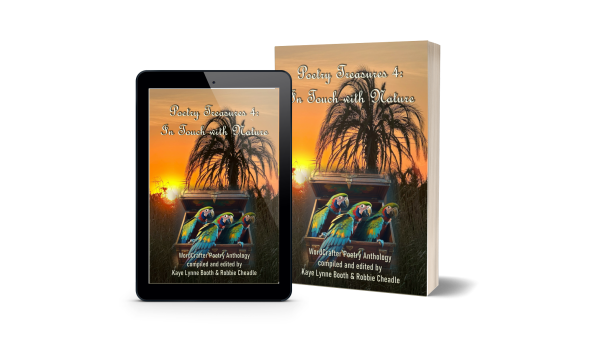
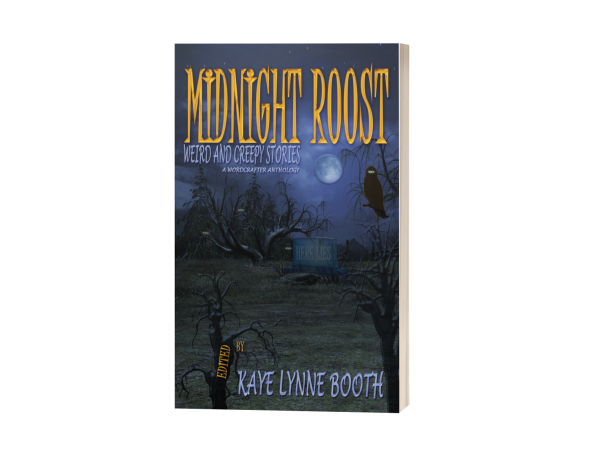



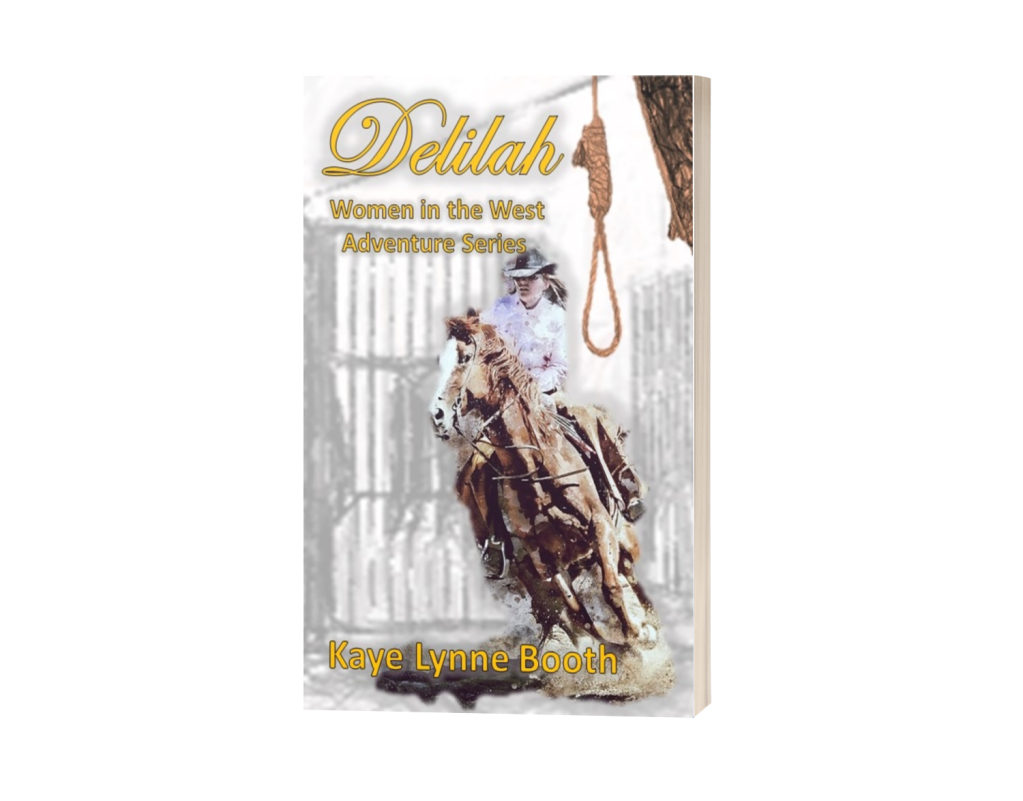
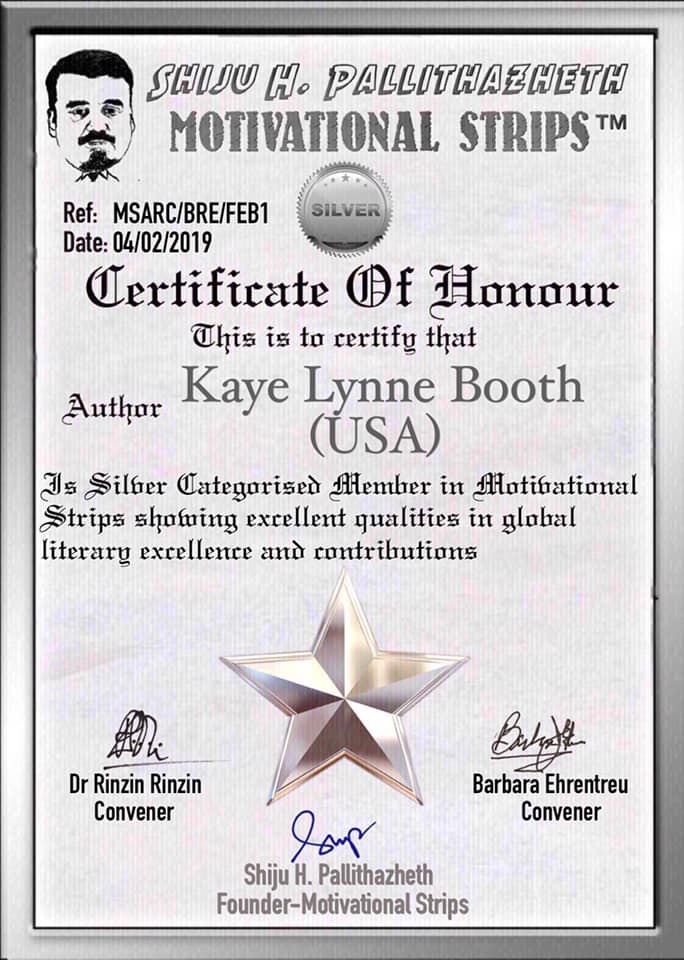
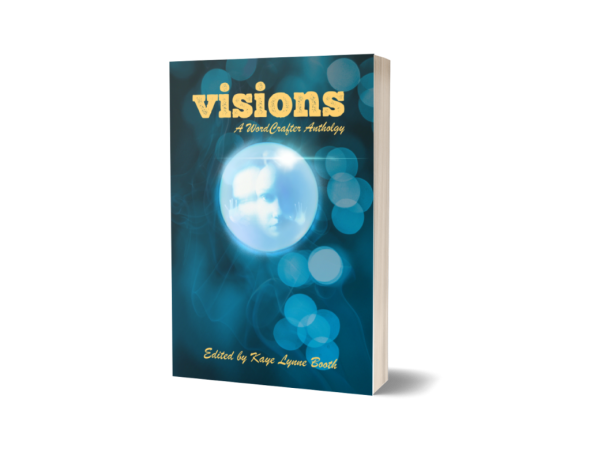


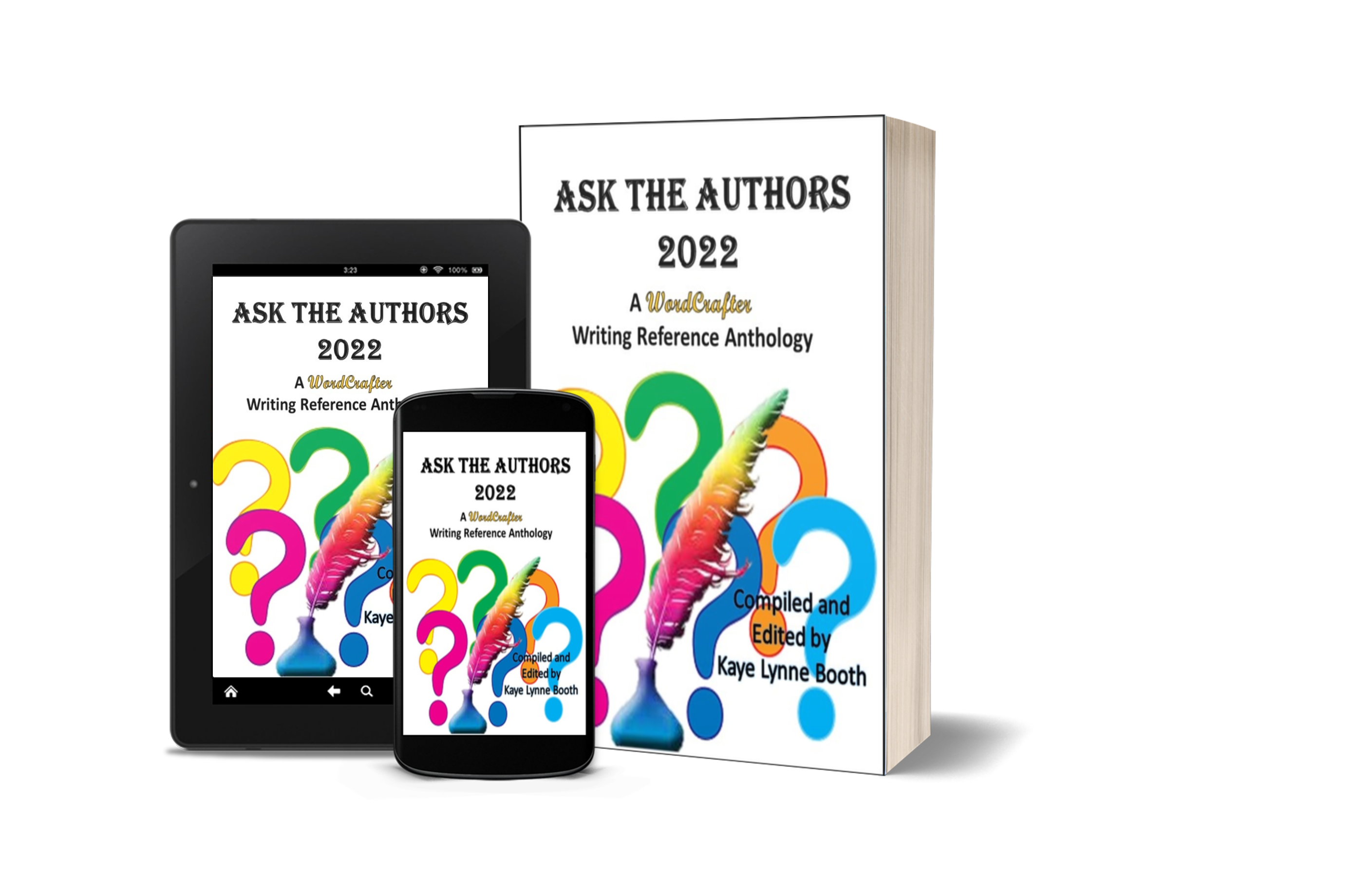
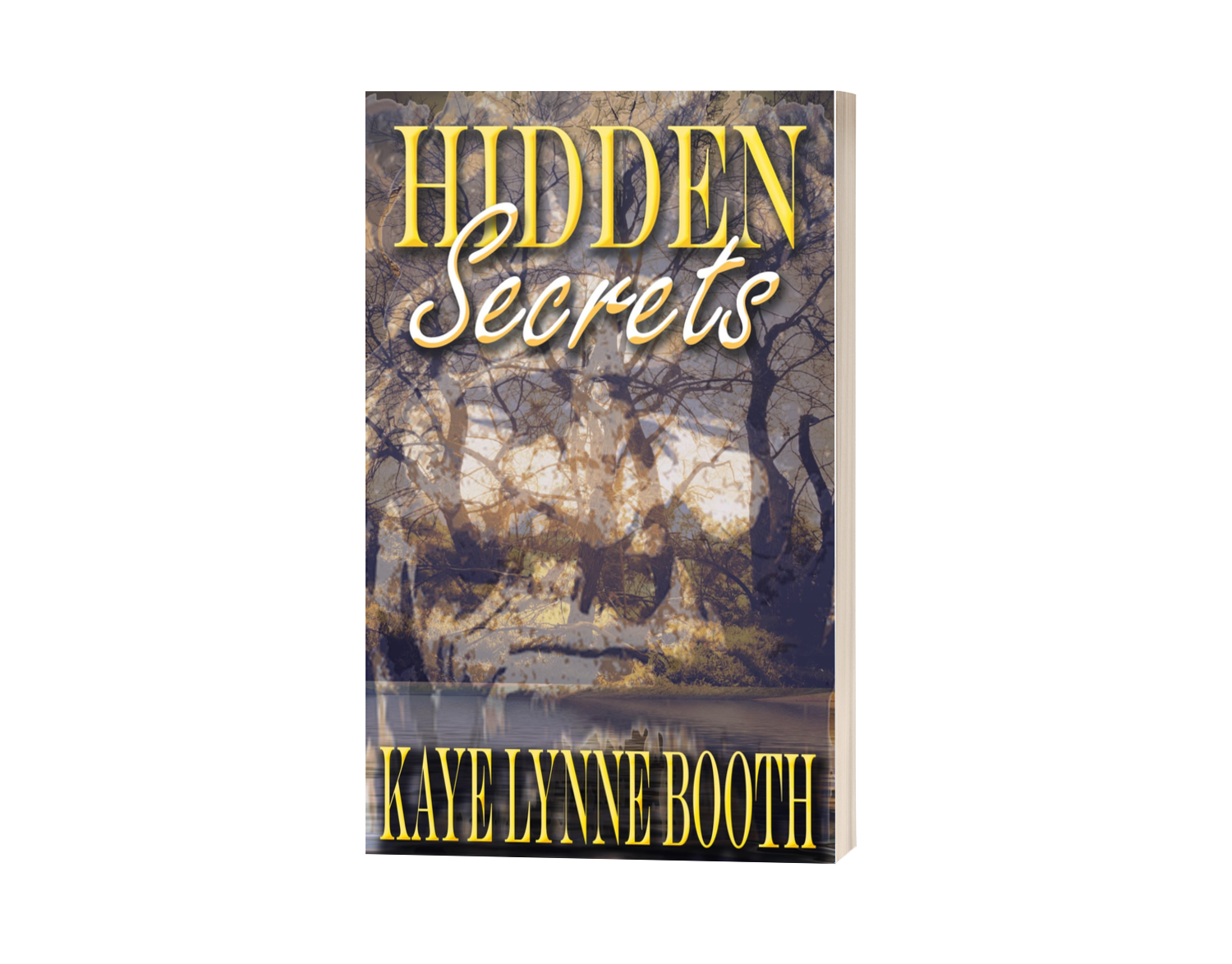
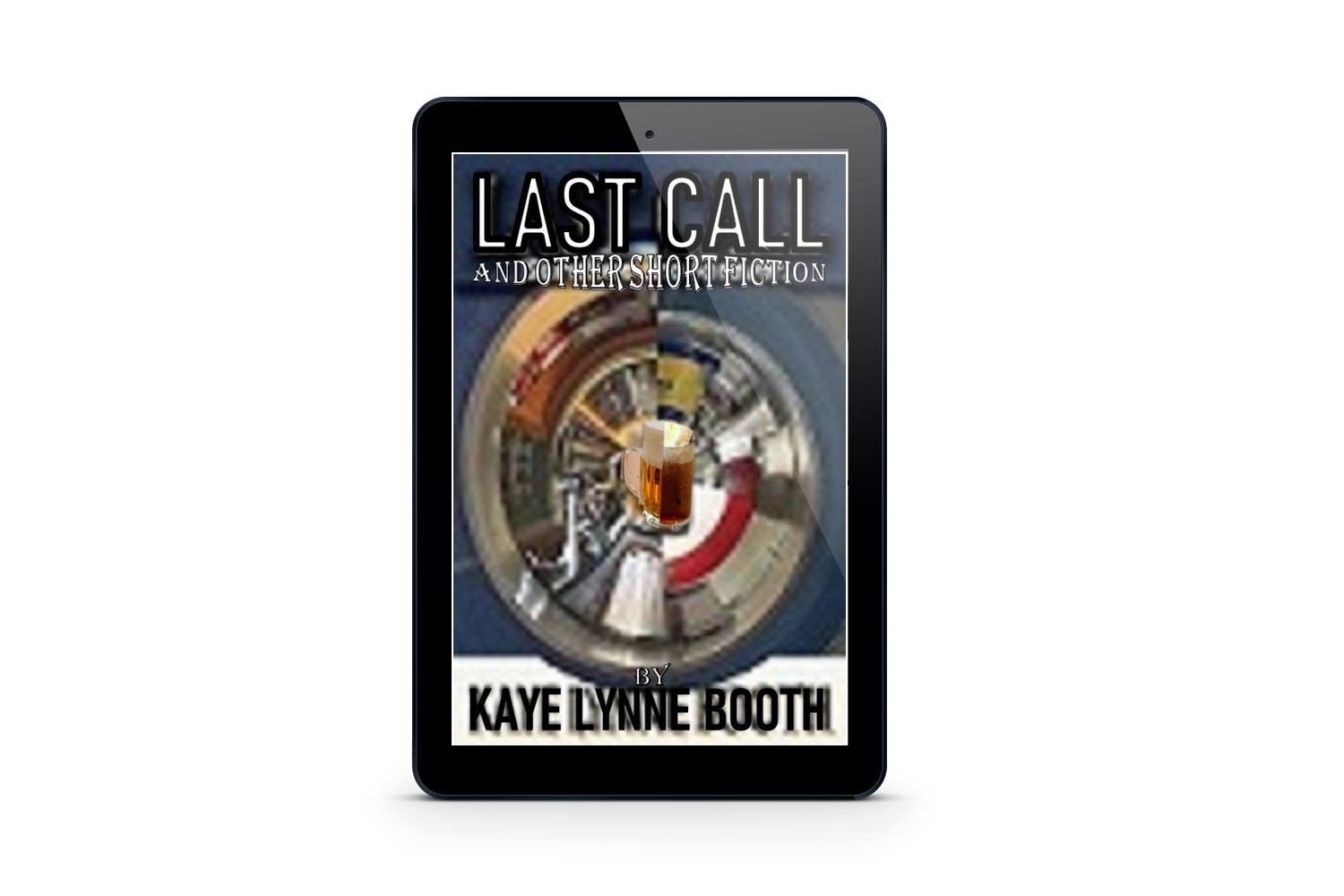
A lovely post about Cendrine’s book, Kaye. I enjoyed your review.
LikeLiked by 1 person
Thank you!
LikeLiked by 2 people
So glad you enjoyed it, Robbie. It’s a lovely collection and tribute.
LikeLiked by 1 person
Hello Kaye, thank you so much for hosting me today.
I have never lost a child, but my grandmother lost her two children and husband in a span of three years. While I can’t imagine the pain you must feel, I can only admire your strength.
LikeLiked by 1 person
It is my pleasure, Cendrine. I think it’s going to be an awesome tour. 🙂
Thank you for your kind sentiments. Even after 12 years, I still miss him every day.
LikeLiked by 1 person
Great interview, Cendrine and Kaye! Congratulations on your new release and the excellent review, Cendrine.
LikeLiked by 2 people
Thank you very much Miriam! I hope you will enjoy my little book. 🙂
LikeLiked by 1 person
I’m ready for your post this evening, Cendrine. ☺️
LikeLiked by 1 person
Thanks for your support Miriam. 🙂
LikeLiked by 1 person
You’re welcome, Kaye. 🙂
LikeLiked by 1 person
A lovely post about Cendrine’s book, Kaye. I enjoyed your review. Furthermore, if you want to featur this book on Wikipedia then you must consult with top Wikipedia page creators!
LikeLiked by 1 person
Thank you for visiting Luis. I am glad that you enjoyed my review. It is a lovely book. 🙂
LikeLike